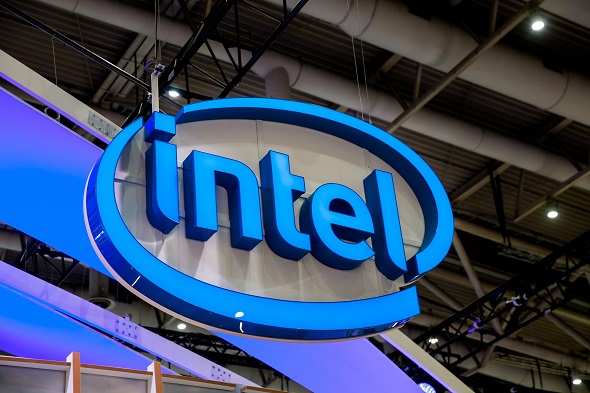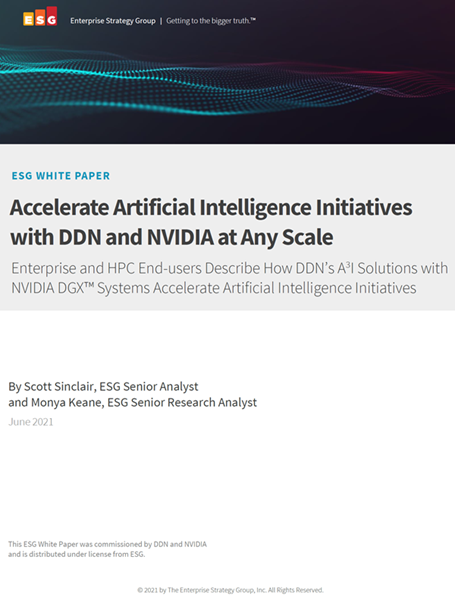 SiPearl, designing the microprocessor for European supercomputers, today announced it will incorporate Intel’s forthcoming “Ponte Vecchio” GPU, along with Intel’s oneAPI cross-architecture programming model, in a partnership for the first European exascale supercomputers.
SiPearl, designing the microprocessor for European supercomputers, today announced it will incorporate Intel’s forthcoming “Ponte Vecchio” GPU, along with Intel’s oneAPI cross-architecture programming model, in a partnership for the first European exascale supercomputers.
SiPearl said the Intel partnership allows European customers “the possibility” to combine SiPearl’s HPC CPU, called Rhea, with Intel’s family of general-purpose Ponte Vecchio GPUs “making a high performance computing node fostering European exascale deployment.”
SiPearl plans to port oneAPI for the Rhea processor to “(increase) developer productivity and workload performance by providing a single programming solution across the heterogenous compute node. The paired solution will also underline the value of CXL standardization in connecting compute elements, providing lower latency, coherent connectivity relative to PCIe connections.”
Steve Conway, senior adviser, HPC market dynamics at industry analyst firm Hyperion Research, said SiPearl’s selection of Ponte Vecchio is “a nice win” for the Intel GPU, which has been at the heart of considerable controversy in the supercomputing world. A core processor for Intel’s Aurora exascale system to be installed at Argonne National Laboratory, Intel announced in July 2020 that the GPU would be delayed about six months, pushing Aurora from its scheduled installation this year (when it was to have been the first U.S. exascale system) into next year.
However, the fact that SiPearl selected the chip, which is still under development, while GPU leader Nvidia and up-and-comer AMD (whose CPUs and GPUs will power Frontier, the first U.S. exascale system to be delivered by the end of this year) have GPUs in the field could be viewed as a significant vote of confidence in Ponte Vecchio.
Conway said the SiPearl decision also reflects internal tensions and tradeoffs within the European exascale development effort, citing as an example the June cancellation of the MareNostrum 5 procurement by the Barcelona Supercomputing Center after conflict flared between Atos and IBM-Lenovo.
“The Euro HPC folks have to balance two things,” Conway said, “the desires of European researchers for access to the best supercomputers in the world no matter where they come from, and the goal of building up the European HPC supply chain and sovereign HPC sovereignty.”
Conway said a system with a Europe-based CPU and non-European GPU (developed by a company with plans to build chips fabs in Europe) could be a way to balance those objectives.

“We are pleased that Ponte Vecchio, based on the Intel Xe HPC architecture, has been selected by SiPearl as their HPC accelerator to deliver Europe’s first exascale supercomputers,” said Jeff McVeigh, Intel VP/GM of the newly formed Super Compute Group. “Intel is proud to support SiPearl in adopting oneAPI’s unified programming model to increase developer productivity and workload performance. We see great potential in our work with SiPearl as we execute on our IDM 2.0 strategy to bring leading-edge technologies to our European partners.”
“We welcome this collaboration with Intel, whose GPU Ponte Vecchio, optimized for HPC workloads, is a great engineering innovation,” said Philippe Notton, SiPearl CEO and founder. “A solution incorporating our European HPC CPU Rhea with the Intel Ponte Vecchio GPU under the unified programming model oneAPI allows us to rapidly develop heterogenous nodes to meet the needs of European exascale supercomputing.”



